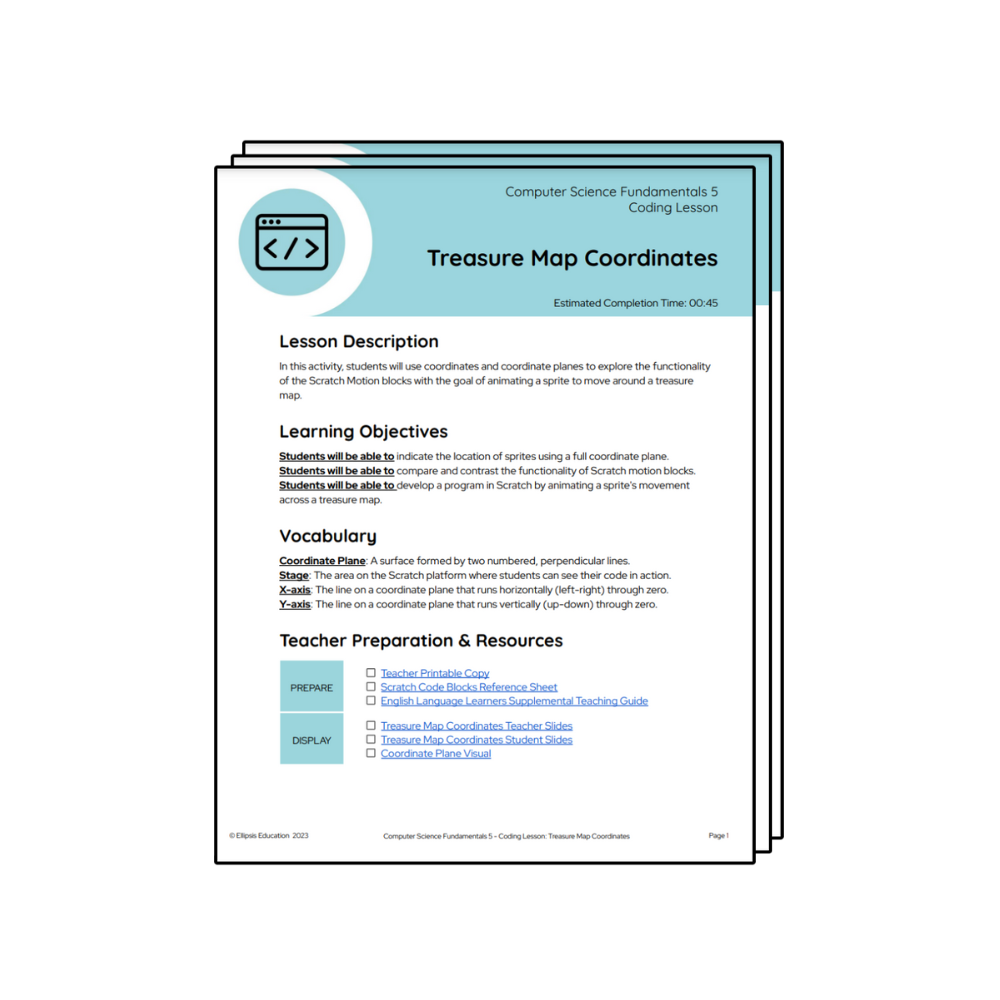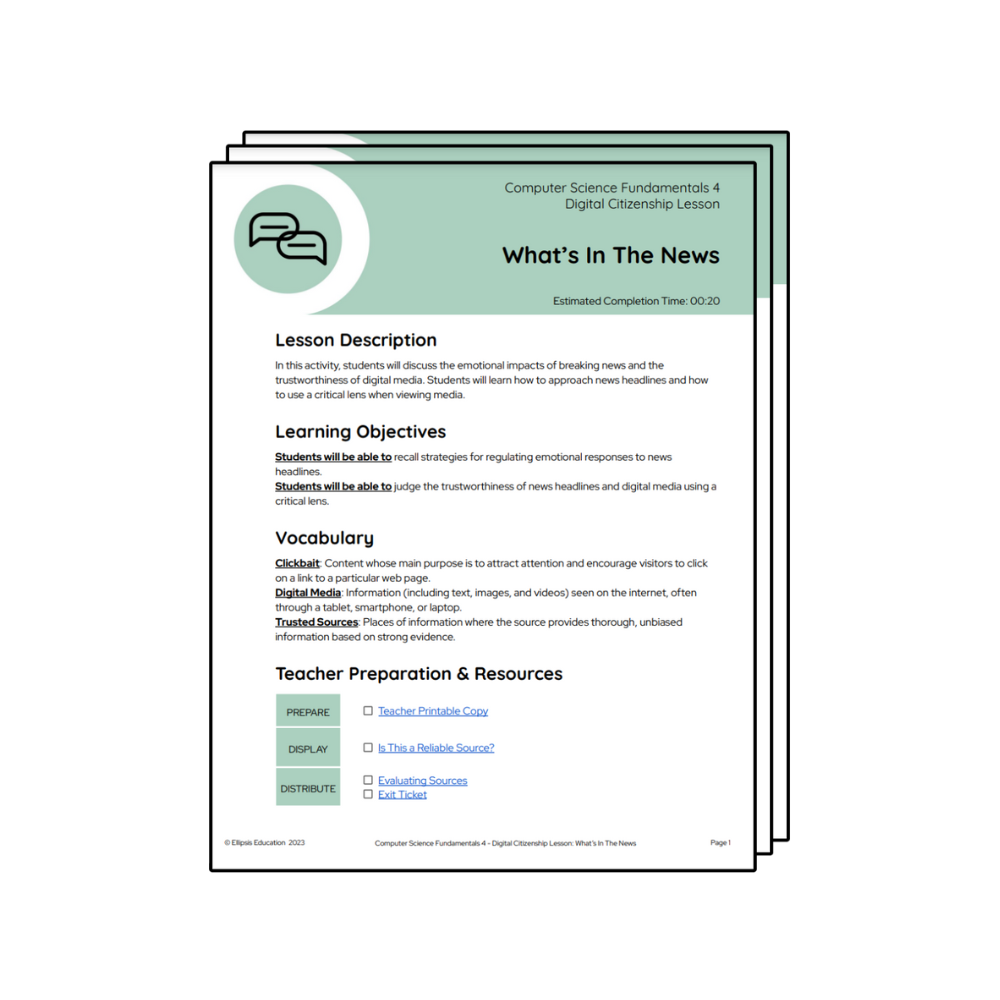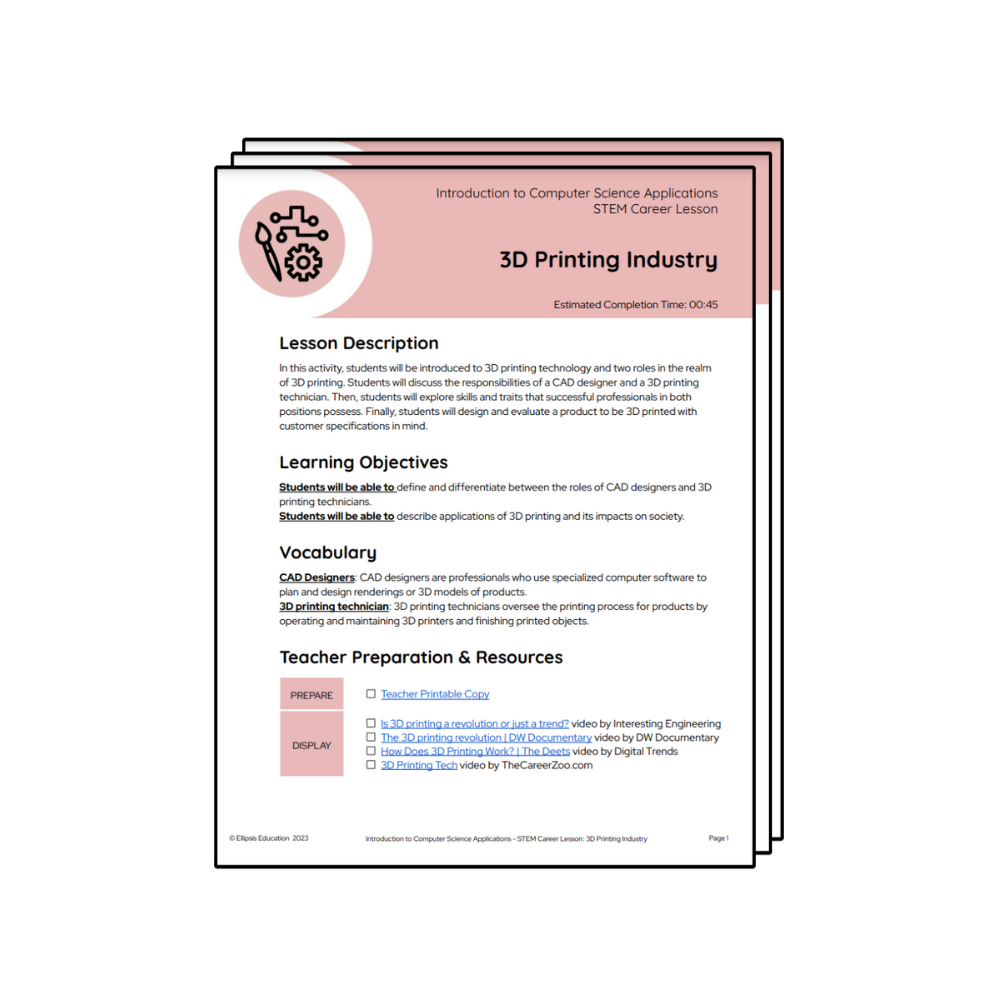Strategies for teaching critical thinking can be implemented both in and out of the classroom, providing students with essential tools to analyze information, solve problems, and make decisions. These strategies are not only applicable to computer science but also various other disciplines. In this article, we will explore different critical thinking activities for kids and students, how to teach critical thinking to students effectively, and how to improve the thinking skills of a child.
One of the most effective critical thinking exercises is problem-solving. Teachers can create engaging scenarios that require students to apply their understanding of concepts and use logical reasoning. For example, they can present a real-world situation or a fictional story that needs resolution. Students must:
- Analyze the information given
- Identify potential solutions
- Evaluate their viability
- Select the best course of action based on evidence and logic
Another important aspect of teaching critical thinking is encouraging collaboration among students. Group discussions and debates allow learners to express their ideas freely while also challenging them to consider multiple perspectives. Encouraging respectful disagreement fosters open-mindedness and allows participants to refine their thoughts by analyzing alternative viewpoints.
Moreover, incorporating inquiry-based learning techniques into lesson plans can significantly enhance students’ critical thinking skills. By prompting learners with thought-provoking questions instead of providing direct answers or instructions, teachers encourage exploration and active engagement with the subject matter. This method requires students to seek out relevant information independently or through guided research before discussing findings as a group or individually with the teacher.
To ensure comprehensive development in all areas of critical thinking skills, teachers should introduce activities that target different cognitive domains. These may include:
- Analyzing: Evaluating evidence or arguments while identifying patterns or connections.
- Applying: Using knowledge in new contexts.
- Creating: Generating original ideas based on existing knowledge.
- Evaluating: Assessing the quality of information or claims.
- Remembering: Recalling facts and concepts from memory.
- Understanding: Comprehending information and making sense of it.
Teachers can also extend critical thinking exercises beyond the classroom by encouraging students to participate in extracurricular activities, such as clubs or competitions that focus on problem-solving, communication, and creativity. Additionally, educators can assign open-ended projects and homework tasks that require students to research complex topics independently while incorporating diverse sources of information.
One aspect that is crucial when teaching critical thinking skills is providing constructive feedback. Teachers should adopt an encouraging attitude while guiding learners through challenges, allowing them to learn from their mistakes and enhance their abilities over time. Furthermore, educators must actively model critical thinking themselves by demonstrating openness to new ideas and a willingness to revise their opinions based on evidence.
Engaging parents in their child’s learning process can significantly contribute to honing critical thinking abilities. By discussing academic topics with children at home and helping them apply these skills in everyday situations, parents reinforce the importance of logical reasoning and promote a lifelong commitment to intellectual growth. In conclusion, numerous strategies for teaching critical thinking exist that can be adapted for various subjects and age groups. By cultivating an environment that fosters curiosity, collaboration, reflection, and resilience both inside and outside the classroom walls, teachers empower students with essential cognitive tools they need for academic success and responsible citizenship in today’s dynamic world.







